Colombian Finka. San Jose Manor Coffee introduces the flavor of rum coffee beans.
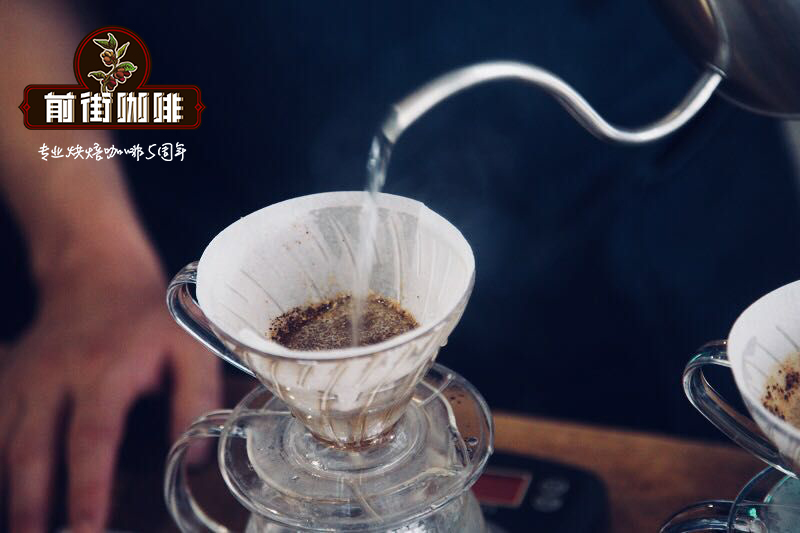
Professional coffee knowledge exchange more coffee bean information please follow the coffee workshop (Wechat official account cafe_style)
The world of coffee is wonderful. You can drink some kind of fruit or smell a certain flower in coffee. The reason is inseparable from the way coffee beans are handled. Washing, tanning and honey treatment are traditional ways of treatment. in recent years, the innovation of coffee treatment can be described as Excelsior. Today, we would like to share a barrel of fermented coffee from Colombia!
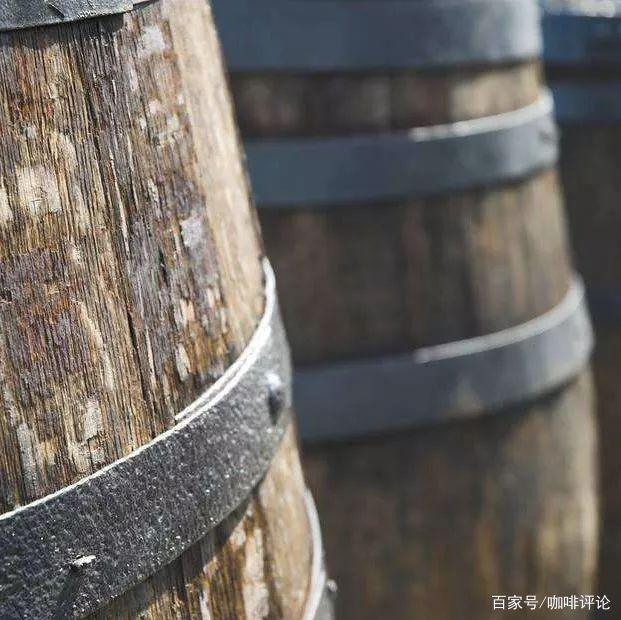
In the trend of boutique coffee in recent years, Fenka San Jose Manor (Finca San Jose Estate), Colombia, has been actively trying to find a breakthrough to find a different path for itself.
Monsalve Botero, the hostess of Fenka San Jose Manor, was one day accompanying her husband to fill the distillate for fermentation when she was working on the production of lime oak barrels and lime wine. It suddenly occurred to her that if the raw coffee beans were fermented in oak barrels, there would be a different flavor. To this end, in 2013, hostess Monsalve Botero began to try low-temperature fermentation with Colombian oak barrels of different age for different fermentation times, and finally found the flavor thought of in this year's batch, making an exquisite washing that is different from the traditional washing. Oak barrel fermented beans.
[what is barrel fermentation]
Why can there be rum flavor in this coffee?
This is mainly due to its handling method. The raw coffee beans are selected from Castillo Castillo Naranjal, which is the first choice for three times. After peeling, they are fermented in oak barrels at a low temperature. After fermentation, they are washed and dried on a sun rack.
After the coffee fruit has been washed, the washed beans are placed in the oak barrel of brewed rum and stand for up to three months. During this period, each barrel needs to roll every day to flip the coffee in the bucket, so that the beans can evenly absorb the aroma of the brewed oak in the barrel, and because of the integrity, the characteristics of the beans are more distinct and complete.
This method of treatment originated from Finka. Monsalve Botero, the hostess of San Jose Manor, had the idea that one day she was accompanying her husband (working in rum oak barrel production and rum brewing) to fill the rum distillate for fermentation when she suddenly thought that if the coffee beans were fermented in oak barrels, would there be a different flavor? To this end, the hostess Monsalve Botero began to try low-temperature fermentation in Colombian oak barrels with different fermentation time in 2013, and this bean is one of the best in various attempts.
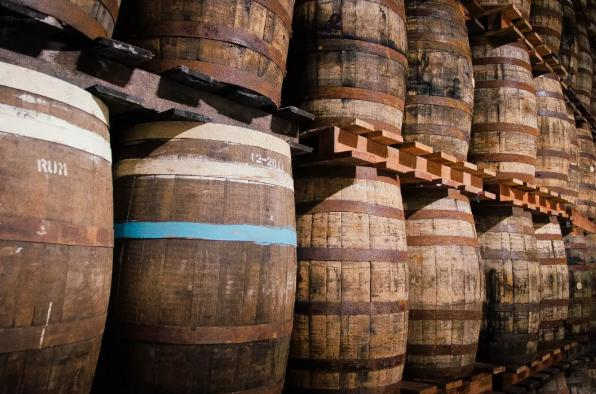
[coffee varieties]
Castillo Castillo, or castillo variety, or castillo cultivar, is a coffee variety developed in 2005 by the Colombian Coffee Research Institute to enhance plant disease resistance. It is currently the main cultivated variety in Colombia.
Castillo's genetic source:
Castillo is the result of five generations of cross breeding between Timo and Kaddura. Timo is the result of a natural cross between Arabica and Robusta. Kaddura is the result of a natural mutation in the bourbon species. Timo plants are tall and resistant to leaf rust. The plant of Kaddura is short and the yield is higher than that of tin pickup and bourbon, which inherits the high quality flavor of bourbon, the distance between plants is small, and the plants per unit area are denser. Susceptible to leaf rust. Castillo inherited Kaddura's dwarf plant and high yield, as well as Timo's leaf rust resistance gene. Castillo is the result of the research and development of disease-resistant varieties pursued by the Columbia Coffee Research Center.
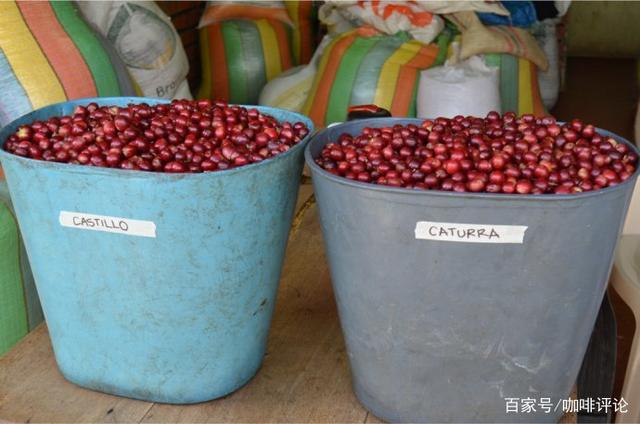
Naming and R & D of Castillo
Castillo, developed by the Coffee Research Center, named after the researcher Jaime Castillo, the patent belongs to the Coffee Research Center.
The Coffee Research Center (Colombia research institute center) was established in 1938 and operated by the famous Colombian coffee organization FNC (Union of Coffee growers). It is mainly engaged in coffee production, disease resistance and so on. The history of FNC can be traced back to 1927. For more information, please refer to the blog article "narino, a boutique coffee producing area".
In the last 50 years of the last century, Kaddura gradually replaced the ancient Colombian coffee variety as the main cultivated variety in Colombia. in 1982, the Coffee Research Center released the Colombian species, and in 1983, leaf rust was first discovered in Colombia. disease-resistant Colombian species have been promoted.
In 2005, based on the Colombian species research, the Coffee Research Center launched the Castillo species, and FNC strongly supported the application of new products, promoting the cultivation of new products through a package of agricultural and financial policies. Just a decade later, by 2015, articles had pointed out that catillo accounted for 40% of all coffee acreage in Colombia. Among them, the outbreak of leaf rust from 2008 to 2010 also contributed to the popularity of Castillo.
Castillo's promotion once caused a great deal of controversy between coffee farmers and roasters, often focusing on the Robusta gene of the new castillo and their performance in the cup compared with Kaddura.
In December 2014 and January 2015, world-renowned coffee organizations and research institutions, together with well-known coffee companies, conducted a sensory test on the cup test performance of Castillo and Kaddura. The analysis was conducted on 25 farms in the Narinho region of Colombia, provided by Castillo and Kaddura. As for the test results, in a nutshell, Castillo performed well in the cup.
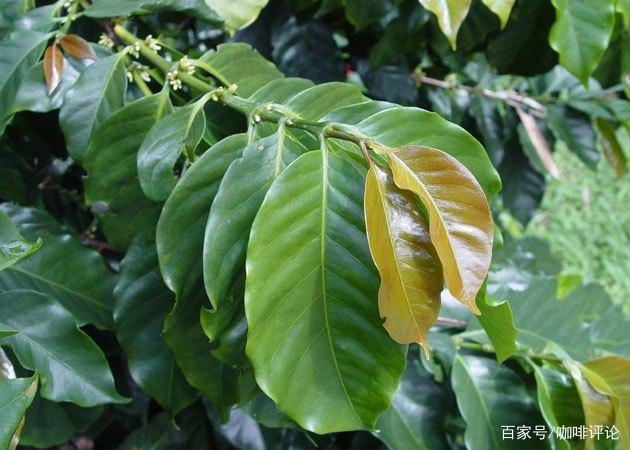
Colombia Finca San Jose Estate Chateau San Jose, Colombia
Caldas, Colombia
Manor: San Jose Manor
Altitude: 1750 m
Grade: supremo
Variety: Castillo
Treatment method: refined water washing rum barrel fermentation treatment
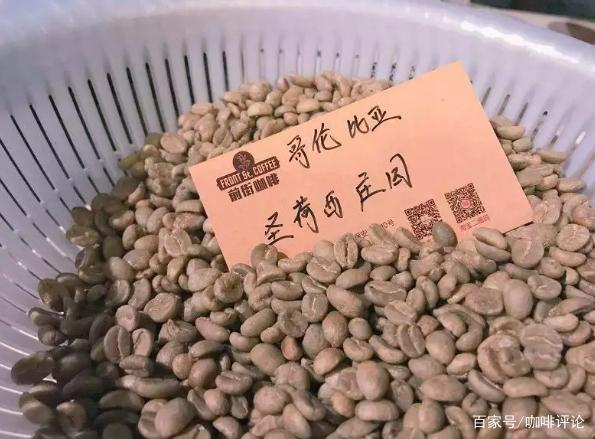
Suggested cooking method: hand flushing
Filter cup: Hario V60
Water temperature: 90 ℃
Powder / water ratio: 1:15
Degree of grinding: medium and fine grinding (BG6M: 58% pass rate of Chinese standard No. 20 screen)
Cooking technique: stage-by-stage extraction
Steam with 30 grams of water for 30 seconds, small flow circle injection to 125 grams for stages, water level drop is about to expose the powder bed, continue water injection to 228 grams to stop water injection, and so on when the water level drop is about to expose the powder bed, remove the filter cup, (steaming starts timing) the extraction time is 1 kilogram 39 percent 50 ".
Flavor: rum, chocolate, tropical fruit, grape flavor, maple syrup sweet.
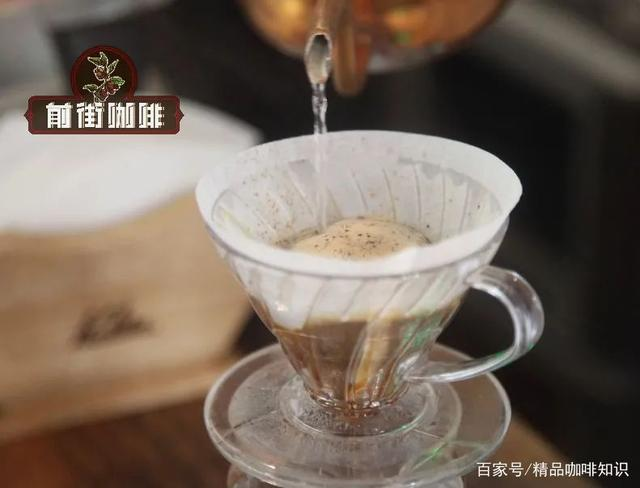
END
Important Notice :
前街咖啡 FrontStreet Coffee has moved to new addredd:
FrontStreet Coffee Address: 315,Donghua East Road,GuangZhou
Tel:020 38364473
- Prev

El Salvador coffee producing areas introduce El Salvador Etabato coffee what is it?
Professional coffee knowledge exchange more coffee bean information please pay attention to the coffee workshop (Wechat official account cafe_style) El Salvador is located in the volcanic region is the smallest and most densely populated country in Central America, the main agricultural products in most areas are coffee beans, we can see the impact of coffee on El Salvador, 60% of coffee beans are traditional bourbon tree species, the biggest characteristics of bourbon tree species are
- Next

Panama Kasha Louise Manor Coffee introduces how to drink Panamanian geisha coffee?
Professional coffee knowledge exchange more coffee bean information please follow the coffee workshop (Wechat official account cafe_style) Panama Kasha Louise Casa Ruiz Cooperative was founded in 1979, is one of the most famous cooperatives in the Balu Volcano Bokui District, the total location in the Balu Volcano crony valley, the family has been passed on for three generations so far more than 300 small family farmers
Related
- Detailed explanation of Jadeite planting Land in Panamanian Jadeite Manor introduction to the grading system of Jadeite competitive bidding, Red bid, Green bid and Rose Summer
- Story of Coffee planting in Brenka region of Costa Rica Stonehenge Manor anaerobic heavy honey treatment of flavor mouth
- What's on the barrel of Blue Mountain Coffee beans?
- Can American coffee also pull flowers? How to use hot American style to pull out a good-looking pattern?
- Can you make a cold extract with coffee beans? What is the right proportion for cold-extracted coffee formula?
- Indonesian PWN Gold Mandrine Coffee Origin Features Flavor How to Chong? Mandolin coffee is American.
- A brief introduction to the flavor characteristics of Brazilian yellow bourbon coffee beans
- What is the effect of different water quality on the flavor of cold-extracted coffee? What kind of water is best for brewing coffee?
- Why do you think of Rose Summer whenever you mention Panamanian coffee?
- Introduction to the characteristics of authentic blue mountain coffee bean producing areas? What is the CIB Coffee Authority in Jamaica?

